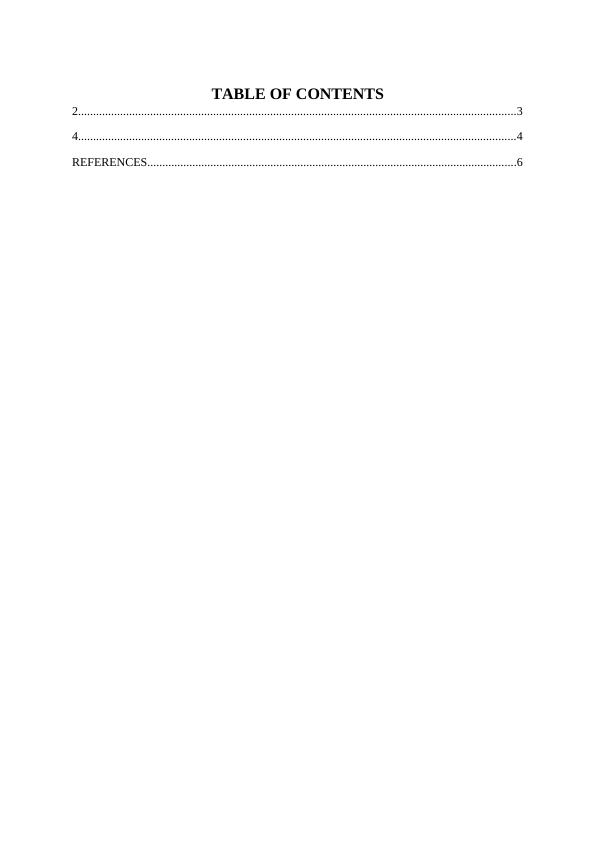Corporate Finance: Trade-Off Theory and Pecking Order Theory
7 Pages1275 Words377 Views
Added on 2022-11-30
About This Document
This document discusses the concepts of trade-off theory and pecking order theory in corporate finance. It explains the optimal capital structure, the role of leverage ratios, and the impact of managerial traits on observed leverage ratios. Additionally, it explores the significance of dividend policies in signaling information about the firm's prospects and the relationship between dividend payments and the firm's life cycle.
Corporate Finance: Trade-Off Theory and Pecking Order Theory
Added on 2022-11-30
ShareRelated Documents
End of preview
Want to access all the pages? Upload your documents or become a member.
Optimal Leverage Analysis: Implications of Capital Structure Theories
|10
|1998
|29
Finance Strategy - Just Eat Plc | Study
|7
|1571
|18
Modigliani and Miller's Theorem of Capital Structure in Corporate Finance
|4
|647
|72
Assignment on Corporate Finance (Pdf)
|28
|6957
|131
Capital Structure Policy: Risk of Debt, Cost of Capital, Agency Theory, Pecking Order Theory
|5
|1551
|323
Assignment on Advanced Corporate Finance
|12
|3820
|192



